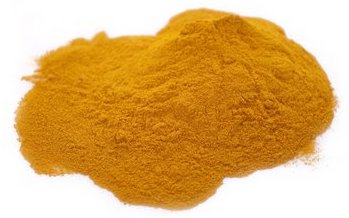
“Δ9-THC and other cannabinoids can act as direct anticancer agents in multiple types of cancer in culture and in vivo.
Individually, Δ9-THC and CBD can activate distinct pathways in glioblastoma cells that ultimately culminate in inhibition of cancer cell growth and invasion as well as induction of cell death.
We hypothesized that, if the individual agents were combined, a convergence on shared pathways may ensue leading to an enhanced ability of the combination treatment to inhibit certain cancer cell phenotypes.
We found this to be true in this investigation.
CBD enhances the inhibitory effects of Δ9-THC on glioblastoma cell growth.
Cannabidiol significantly improved the inhibitory effects of Δ9-tetrahydrocannabinol on glioblastoma cell proliferation and survival.
The Combination Treatment of Δ9-THC and Cannabidiol Inhibits Cell Cycle and Induces Apoptosis.
Our results suggest that the addition of CBD to Δ9-THC may improve the overall effectiveness of Δ9-THC in the treatment of glioblastoma in cancer patients.”
http://www.ncbi.nlm.nih.gov/pmc/articles/PMC2806496/
http://mct.aacrjournals.org/content/9/1/180.full










